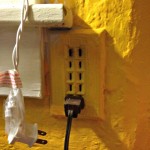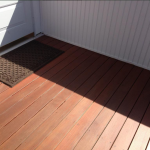Welcome to a new feature on House & Hammer, where we explore some of the quirky features found in old homes -- what they are, the history and purpose behind them, and…
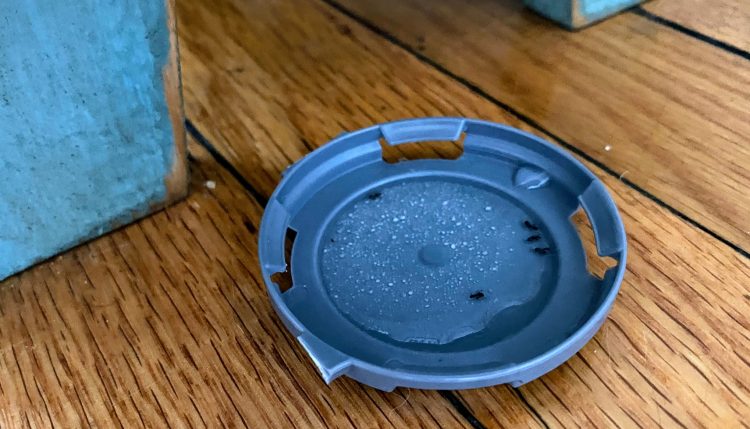
Homemade ant traps and other ways to keep insects out of your house
Last year at this time, we were just overrun with ants. I mean, we’ve always seen a few stray ants around June when the weather warms up. But this was an absolute infestation: parades of little pavement ants traipsing along ant highways in our dining room and kitchen. I don’t know what changed, apart from us having a cat, which meant there was food sitting on the floor 24/7 … ok, now that I say it out loud, maybe that did it.
Anyway, we became pretty well versed in anti-ant defenses after that experience. Here are a couple of tricks to keep ants out of your house in the first place, and how to make simple DIY ant traps with liquid bait if they’ve already breached your best defenses and you want to get rid of them.
Defense #1: Sprinkle lime around the exterior of your house
Your first line of defense is to create a border of hydrated lime around the outside of your house, right along the base of your foundation. Lime is all natural calcium hydroxide (and you can use it to whitewash your fireplace or basement walls), but it’s very basic and caustic, so ants (and some other critters) will avoid it.
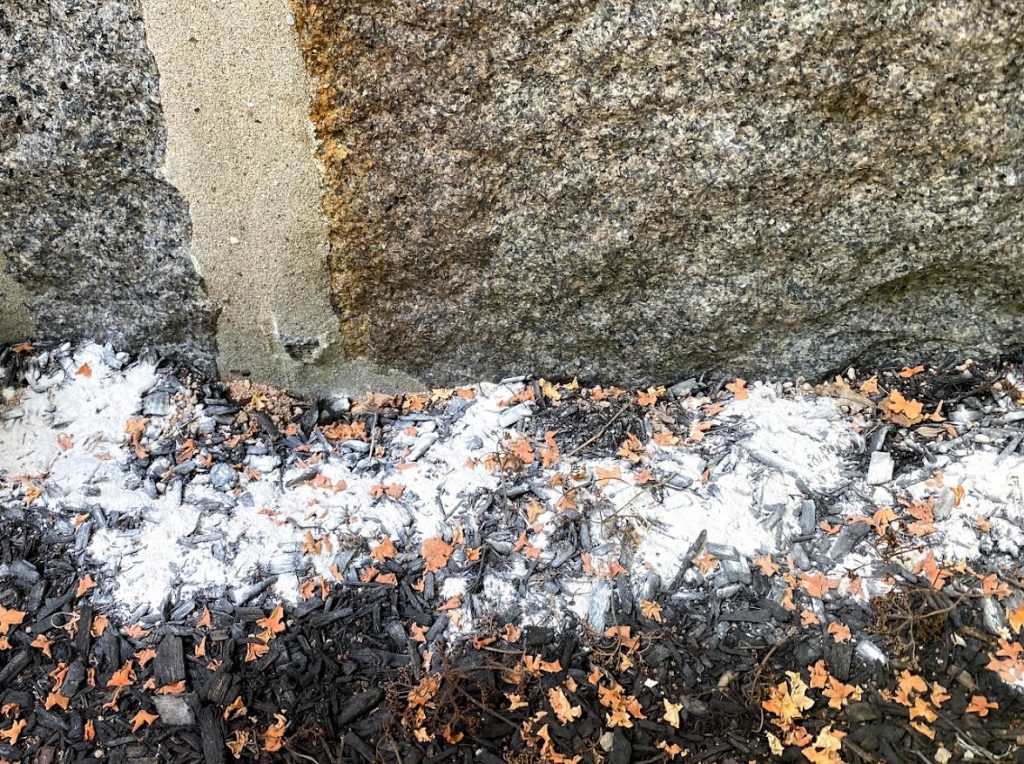
Sometimes you can see the ant hills in your yard — entire societies built on your kitchen crumbs! — in which case, you can opt to create a second lime barrier between the ant hill and your house. Here’s one of the enormous ant hills I found in our yard last summer — it was 3 inches tall!
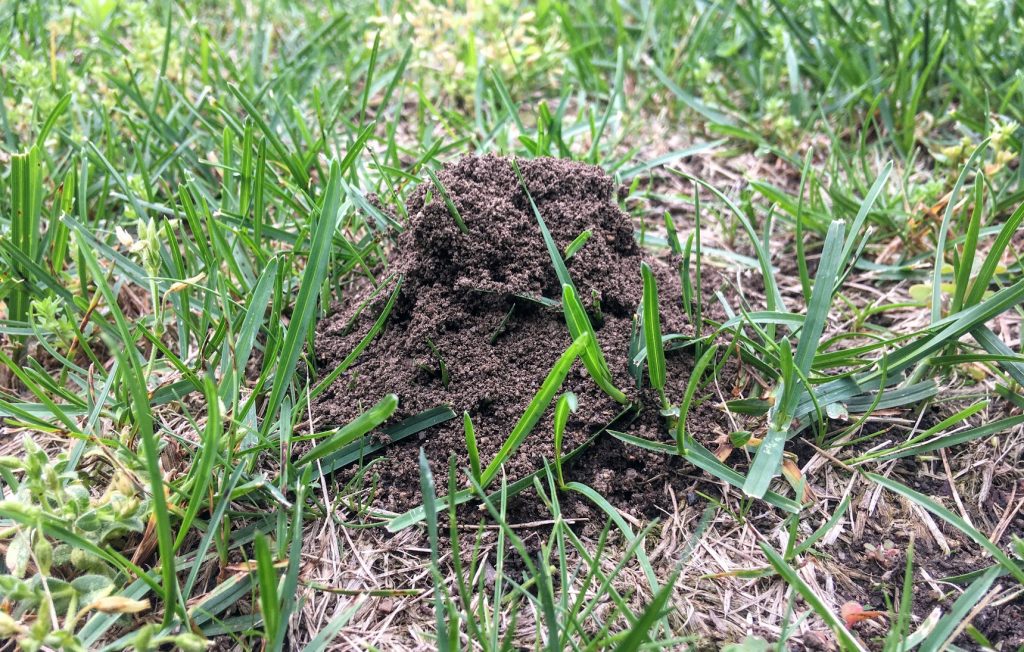
Defense #2: Sweep and mop religiously
This should be obvious, but I’ll point it out: Ants aren’t dropping by your house for your keen wit or cheerful company, they’re only in it for the food.
So make sure to sweep up crumbs, clean often-ignored places like under the stove or refrigerator, and keep your counters and tables clean.
Offense #1: Make homemade ant traps
Once you start seeing more than a couple of ants around the house, it might be time to step things up from prevention to eradication.
A DIY ant trap with sugar and borax — a natural cleaning agent that is toxic to small critters — can trick worker ants into bringing poisoned bait back to their ant hill, wiping out the whole colony.
Different ants like different baits. In New England, some of the most common ants you’ll see around the house are pavement ants and bigger carpenter ants. (Carpenter ants, by the way, don’t eat wood like termites do. But they can bore through wood to nest, especially if it’s already rotting — in nature they like to live in dead tree stumps and decaying roots. As such, they’re not an urgent threat to your home, but can gradually cause damage over time.) And odorous house ants are small, like pavement ants, but emit a stink when you squish them.
Odorous ants generally like sweet foods, and carpenter ants will enter your home in search of protein-rich foods. Pavement ants like either. So it’s good to know what kind of ant you’re dealing with before making a DIY ant trap.
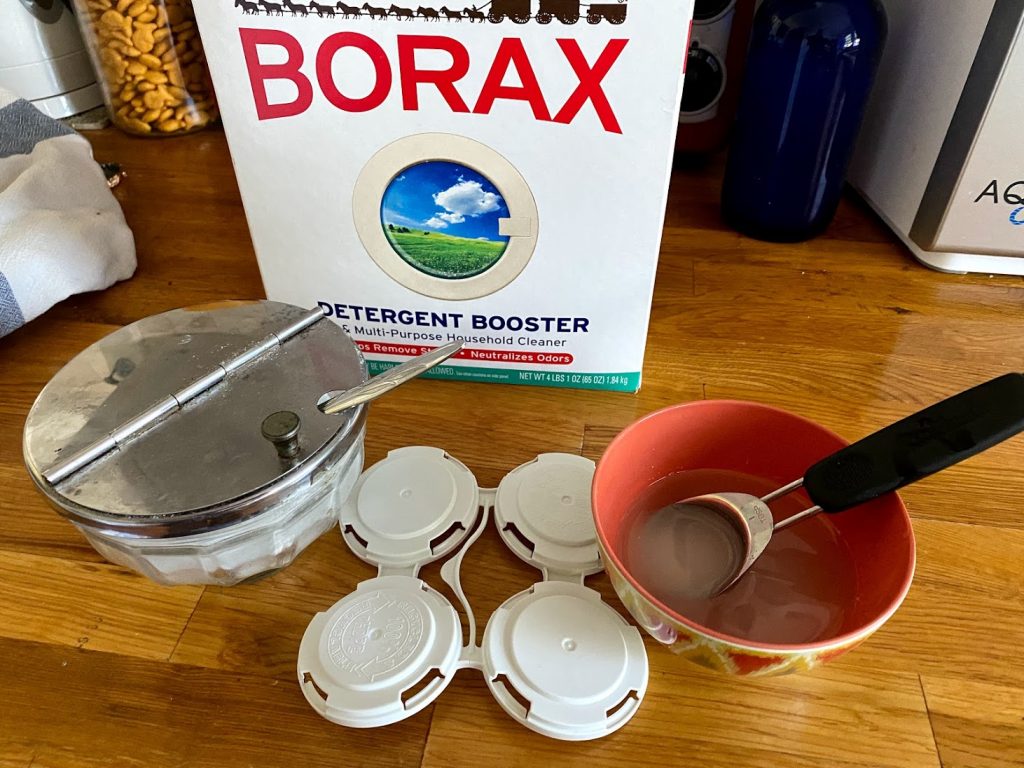
How to make homemade ant traps
- Mix 2-3 parts sugar to 1 part borax (e.g., 2 Tbsp + 1 Tbsp) with just enough hot water (about 1 part) to make a syrupy sludge. Add a bit of peanut butter or protein powder if you want to make it appealing to carpenter ants, too.
- Drizzle some of the liquid bait (an eye-dropper or one of those oral syringes that come with children’s medicines would be ideal) into a cap from a milk jug or beer bottle, a small dish, or some other low container. I cut up one of those rigid plastic things that hold four-packs of craft beer cans to make four traps.
- Place the trap(s) where you’ve seen ants in the house, near food sources they might be feeding on (e.g. the trash bin), or near cracks and corners where they could be getting in.
With any ant trap, it will take a couple of days before you see results, but you should start to notice fewer (or no) ants. The liquid bait in these DIY ant traps will dry up after a couple of days. But if you need to, you can add a couple drops of water to the cap to rehydrate the sugar-and-borax solution for a second round.
If you have pets or young children, make sure to place any borax-baited ant traps in places they can’t reach — in a cabinet, under the stove, etc. Borax isn’t fatal to larger creatures the way it is for ants, but it could still irritate your pet’s stomach or even cause kidney damage in large doses, and you don’t want to take any chances.
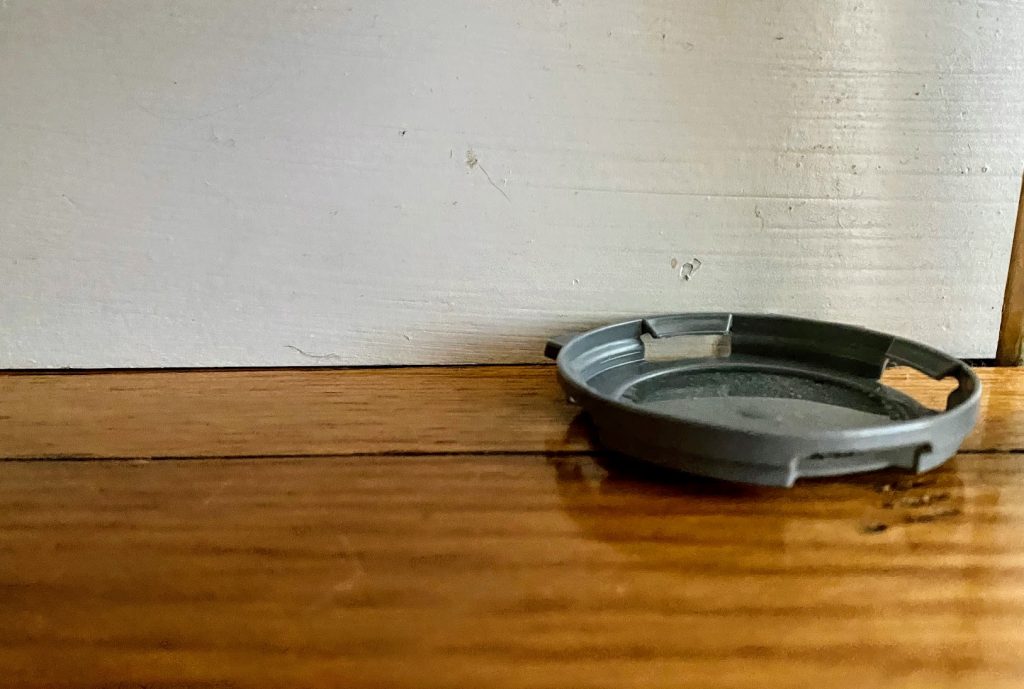
Alternatively, for a pet-friendly DIY ant trap, you can mix powdered sugar and baking soda with a bit of water. The baking soda will react to kill individual ants who eat the bait, but not the whole colony.
Offense #2: Store-bought ant traps
Of course, you can also buy a pack of child- and pet-resistant ant traps. We’ve used these Raid ones with some success, and they attract both sweet- and protein-seeking ant species. (They were backordered a couple of weeks this spring, which is the reason I resorted to homemade ant traps!)
Defense #3: Disrupt their commute
When we had our worst infestation, you could see highways of tiny pavement ants marching along established routes. They ran along the baseboard, under one carpet, then up to the chair rail in the dining room en route to the kitchen. Ants leave a scented trail of pheromones behind, so worker ants can find their way back to the food source again and again.
You can use that to your advantage by placing an ant trap along the route, which will ensure the ants find and consume the bait. After that (or if you feel bad about borax-bombing an entire ant colony), you can essentially scramble their radar by cleaning the ant trail with vinegar to wipe out the pheromone scent.
A sprinkled line of baby powder can also interrupt their commute — they don’t like the dry texture of the powder and generally won’t cross it. (But in our experience, they will find another way around it eventually.)
Good luck!

